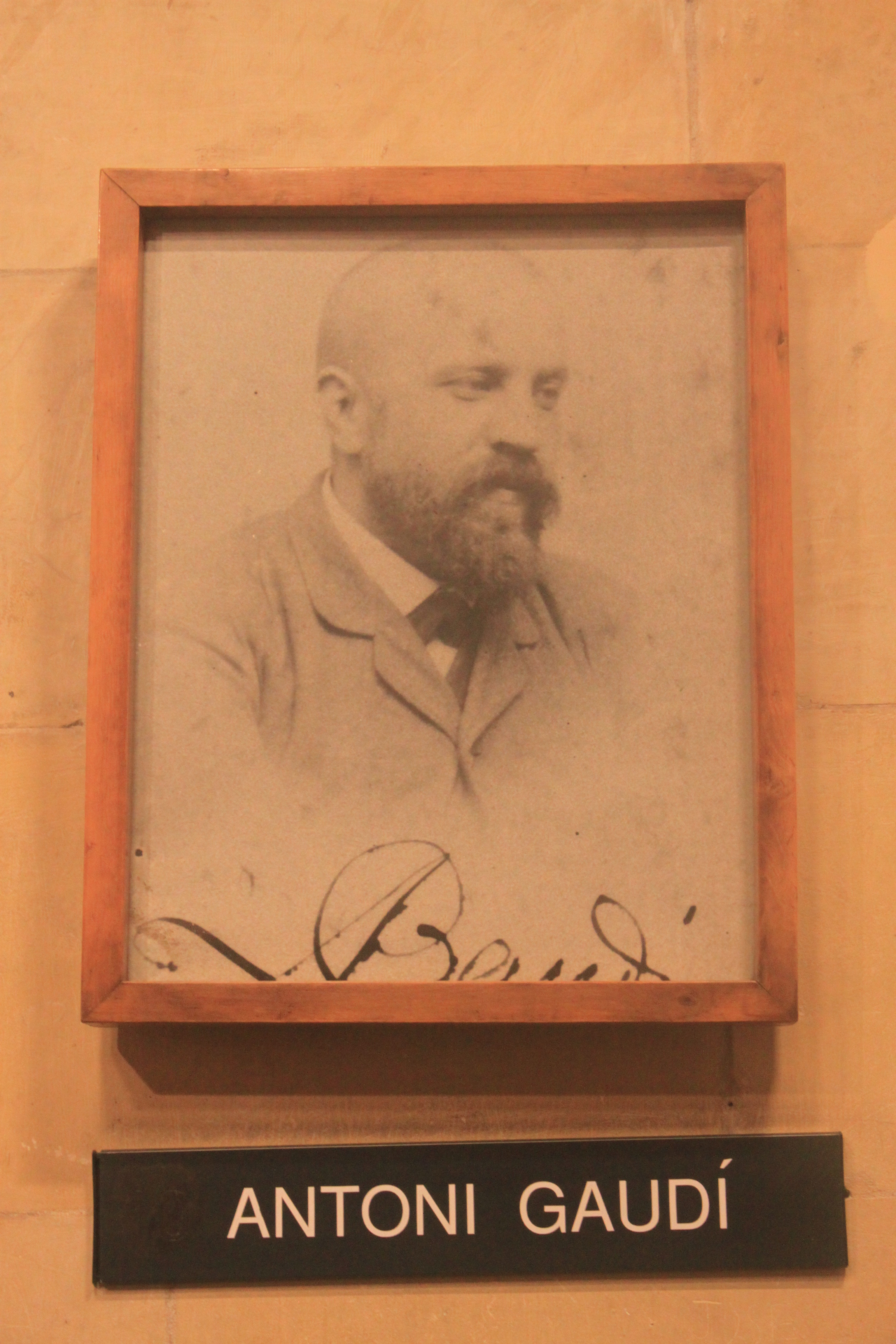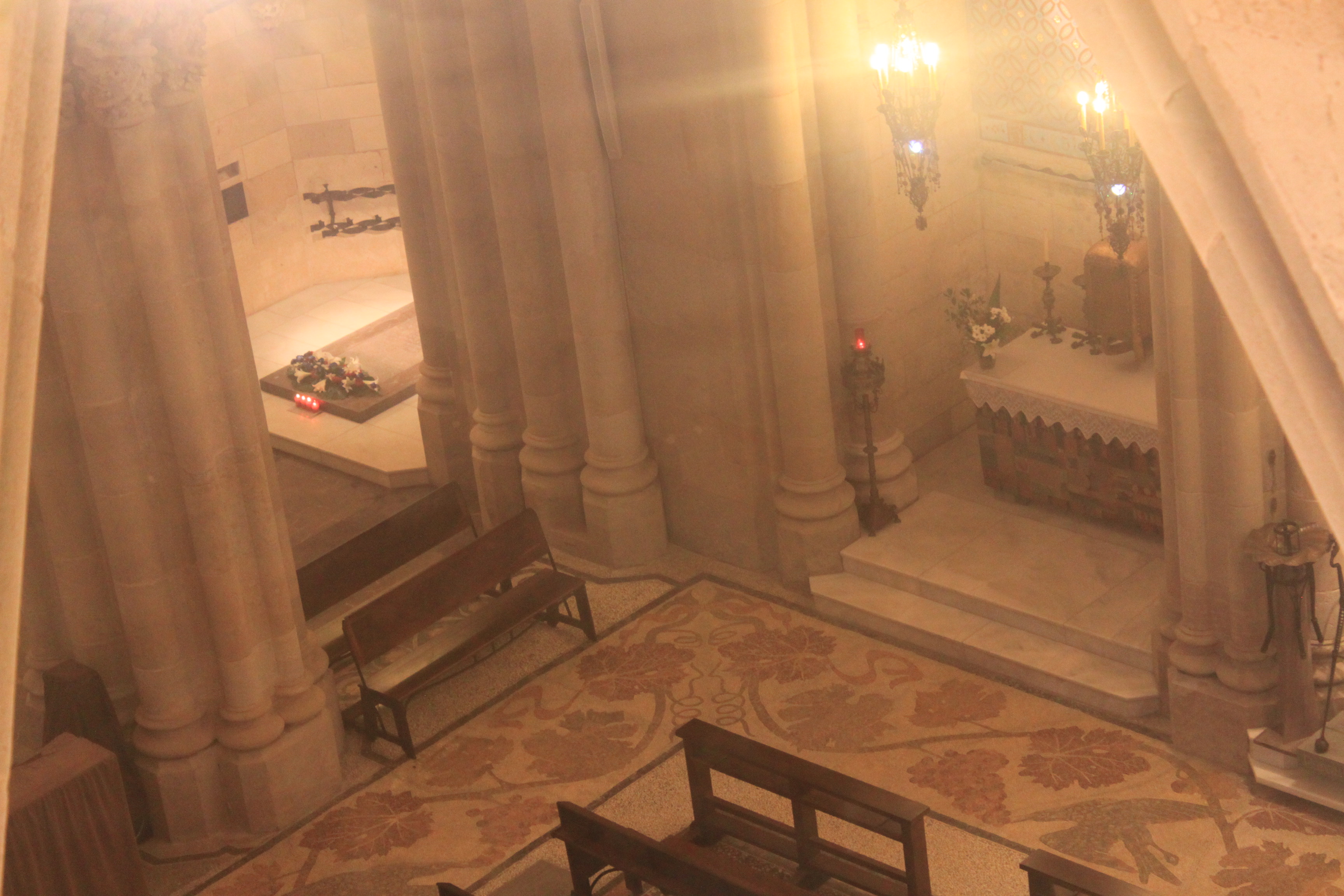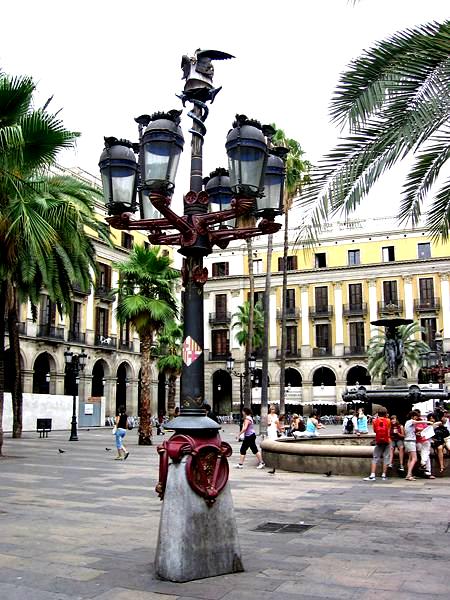
Introduction
The first half of the 20th century was a period of new architectural styles, experiments in design, construction and aesthetics. A number of architects of all the world produced new and bold architecture. Antoni Gaudí was one of them. He was one of the most outstanding architects of this period. His amazing projects strikes to our time.
The Style of Gaudí combined Art Nouveau and Bionics. Also it combined neo-gothic elements and religious symbology.
This work will give extended consideration of Art Nouveau and Bionics in creativity of Antoni Gaudí. It will analyze his individual style.
1 .Antoni Gaudí
Antoni Gaudí i Cornet is a Spanish Catalan
architect. He was born in 1852 in Reus, to the
industrial boilermaker Francesc Gaudí i Serra and
Antònia Cornet i Bertran. He was the youngest
of five children. Gaudí’s family originated in the
Auvergne region in southern France. One of his
ancestors, Joan Gaudí, a hawker, moved to Catalonia
in the 17th century.
Gaudí attended a nursery school run by Francesc Berenguer, whose son, also called Francesc, later became one of Gaudí’s main assistants. He enrolled in the Piarists school in Reus where he displayed his artistic talents via drawings for a seminar called El Arlequín. During this time he worked as an apprentice in the "Vapor Nou" textile mill in Reus. In 1868 he moved to Barcelona to study teaching in the Convent del Carme. In his adolescent years Gaudí became interested in utopian socialism and, together with his fellow students Eduard Toda i Güell and Josep Ribera i Sans, planned a restoration of the Poblet monastery that would have transformed it into a Utopian phalanstère.
Between 1875 and 1878, Gaudí completed his compulsory military service in the infantry regiment in Barcelona as a Military Administrator. Most of his service was spent on sick leave, enabling him to continue his studies.
 Gaudí
studied architecture at the Llotja School and the Barcelona Higher
School of Architecture, graduating in 1878. To finance his studies,
Gaudí worked as a draughtsman for various architects and
constructors such as Leandre Serrallach, Joan Martorell, Emili Sala
Cortés, Francisco de Paula del Villar y Lozano and Josep Fontserè.
In addition to his architecture classes, he studied French, history,
economics, philosophy and aesthetics.
Gaudí
studied architecture at the Llotja School and the Barcelona Higher
School of Architecture, graduating in 1878. To finance his studies,
Gaudí worked as a draughtsman for various architects and
constructors such as Leandre Serrallach, Joan Martorell, Emili Sala
Cortés, Francisco de Paula del Villar y Lozano and Josep Fontserè.
In addition to his architecture classes, he studied French, history,
economics, philosophy and aesthetics.

The tomb of Antony Gaudi
G audí’s
first projects were lampposts
audí’s
first projects were lampposts
he designed for the Plaça Reial in Barcelona,
the unfinished Girossi newsstands, and
the Cooperativa Obrera Mataronense
(Workers' Cooperative of Mataró) building.

The
lampposts
He gained wider recognition for his first important commission, the Casa Vicens, and subsequently received more significant proposals. At the Paris World's Fair of 1878 Gaudí displayed a showcase he had produced for the glove manufacturer Comella. Its functional and aesthetic modernista design impressed Catalan industrialist Eusebi Güell, who then commissioned some of Gaudí’s most outstanding work: the Güell wine cellars, the Güell pavilions, the Palau Güell (Güell palace), the Park Güell (Güell park) and the crypt of the church of the Colònia Güell.
Antony Gaudi’s works:
1883—1888 |
Casa Vicens |
1883—1885 |
El Capricho |
1884—1887 |
Finca Güell |
1886—1889 |
Güell Palace |
1888—1894 |
School of the Teresian sisters |
1889—1893 |
Bishop’s Palace in Astorga |
1891—1892 |
Casa Botines |
1883— |
The Sagrada Familia Temple |
1895—1898 |
Güell Cellars |
1898—1900 |
Casa Calvet |
1898—1916 |
Güell Colony Crypt |
1900—1902 |
Ballesguard house |
1900—1914 |
Park Güell |
1901—1902 |
Finca Miralles (Manor Miralles) |
1904-1906 |
Casa Batlló |
1904—1919 |
Reconstruction of the Palma de Mallorca Cathedral |
1906—1910 |
Casa Milà (Mila house) |
